Select an Orthopaedic Specialty and Learn More
Use our specialty filter and search function to find information about specific orthopaedic conditions, treatments, anatomy, and more, quickly and easily.
GET THE HURT! APP FOR FREE INJURY ADVICE IN MINUTES
Shoreline Orthopaedics and the HURT! app have partnered to give you virtual access to a network of orthopaedic specialists, ready to offer guidance for injuries and ongoing bone or joint problems, 24/7/365.
Browse Specialties
-
- Minimally Invasive Surgery (Arthroscopy)
Arthroscopy (Minimally Invasive Surgery)
Arthroscopy is a minimally invasive surgical procedure used by orthopaedic surgeons to visualize, diagnose, and treat problems inside the joint. Because it requires only tiny incisions, arthroscopy can be performed without a major, invasive operation and many procedures can be done on an outpatient basis.
More Info -
- Foot & Ankle
- Joint Disorders
- Podiatry
Bunions
A bunion is a bump on the MTP joint, on the inner border of the foot. Bunions are made of bone and soft tissue, covered by skin that may be red and tender. Prolonged wearing of poorly fitting shoes is by far the most common cause of bunions, especially styles that feature a narrow, pointed toe box that squeezes the toes into an unnatural position. Bunions also have a strong genetic component.
More Info -
- Fractures, Sprains & Strains
- Knee
- Ligament Disorders
- Sports Medicine
Combined Knee Ligament Injuries
Because the knee joint relies just on ligaments and surrounding muscles for stability, it is easily injured. Direct contact to the knee or hard muscle contraction, such as changing direction rapidly while running, can injure a knee ligament. It is possible to injure two or more ligaments at the same time. Multiple injuries can have serious complications, such as disrupting blood supply to the leg or affecting nerves that supply the limb’s muscles.
More Info -
- Hand & Wrist
Dupuytren’s Contracture
Dupuytren’s contracture is a thickening of the fibrous tissue layer underneath the skin of the palm and fingers. It is a painless condition and not dangerous, however, the thickening and tightening (contracture) of this fibrous tissue can cause the fingers to curl (flex).
More Info -
- Physical Medicine & Rehabilitation (PM&R)
Fibromyalgia
Fibromyalgia is a condition characterized by widespread pain and tenderness to the touch. Other symptoms commonly associated with fibromyalgia are fatigue, waking unrefreshed, depression, anxiety and memory problems. Numbness and tingling, weakness, urinary frequency, diarrhea and constipation may be present, as well.
More Info -
- Hip
- Joint Disorders
- Minimally Invasive Surgery (Arthroscopy)
Hip Arthroscopy
Arthroscopy is a minimally invasive surgical procedure used by orthopedic surgeons to visualize, diagnose and treat a wide range of problems inside the joint. During hip arthroscopy, a small camera (arthroscope) is inserted into the hip joint and images from inside the hip are displayed on a video monitor.
More Info -
- Neck and Back (Spine)
- Pediatric Injuries
- Physical Medicine & Rehabilitation (PM&R)
Kyphosis (Roundback) of the Spine
The term kyphosis is used to describe the spinal curve that results in an abnormally rounded back. Although some degree of rounded curvature of the spine is normal, a kyphotic curve that is more than 50° is considered abnormal. There are several types and causes of kyphosis: postural kyphosis, Scheuermann’s kyphosis, and congenital kyphosis.
More Info -
- Arthritis
- Elbow
- Joint Disorders
- Sports Medicine
Loose Body in the Elbow
Loose bodies are small fragments of bone or cartilage that have broken off inside a joint. As these fragments float free within the elbow, they can cause pain and even get caught in the moving parts of the joint.
More Info -
- Fractures, Sprains & Strains
- Ligament Disorders
- Muscle Disorders
- Neck and Back (Spine)
Low Back Pain
The most common causes of lower back pain are strains and sprains to the muscles, tendons or ligaments of the low back, ranging from simple overstretching injuries to partial or complete tears. the muscles surrounding the injured area typically become inflamed, causing back spasms that result in severe lower back pain and difficulty moving.
More Info -
- Neck and Back (Spine)
Preventing Back Pain
Back pain can vary according to the individual and underlying cause. The pain may dull, achy, sharp, stabbing, or it may feel like a cramp, or “charley horse.” The intensity of pain may worsen with certain activities, such as bending, lifting, standing, walking or sitting.
More Info




